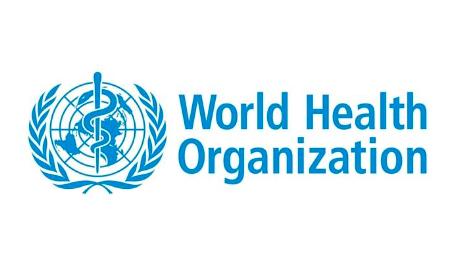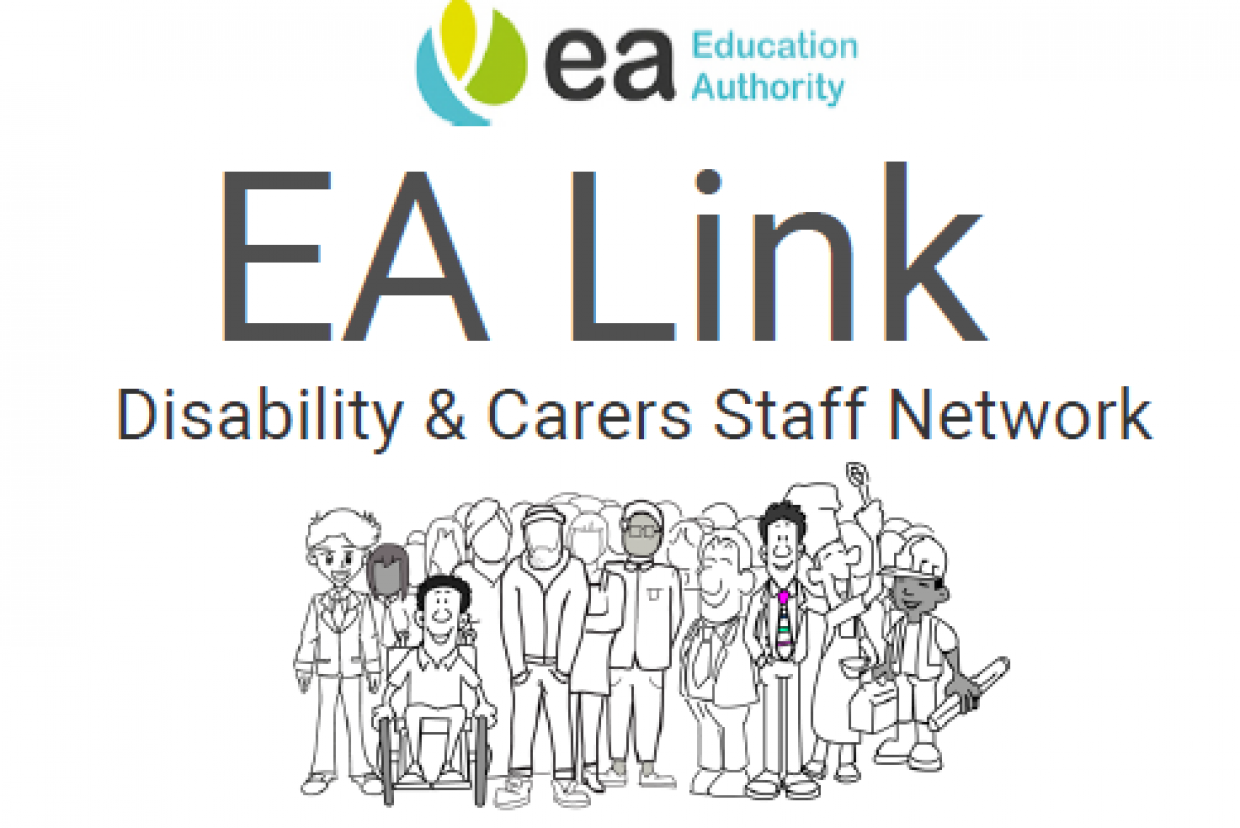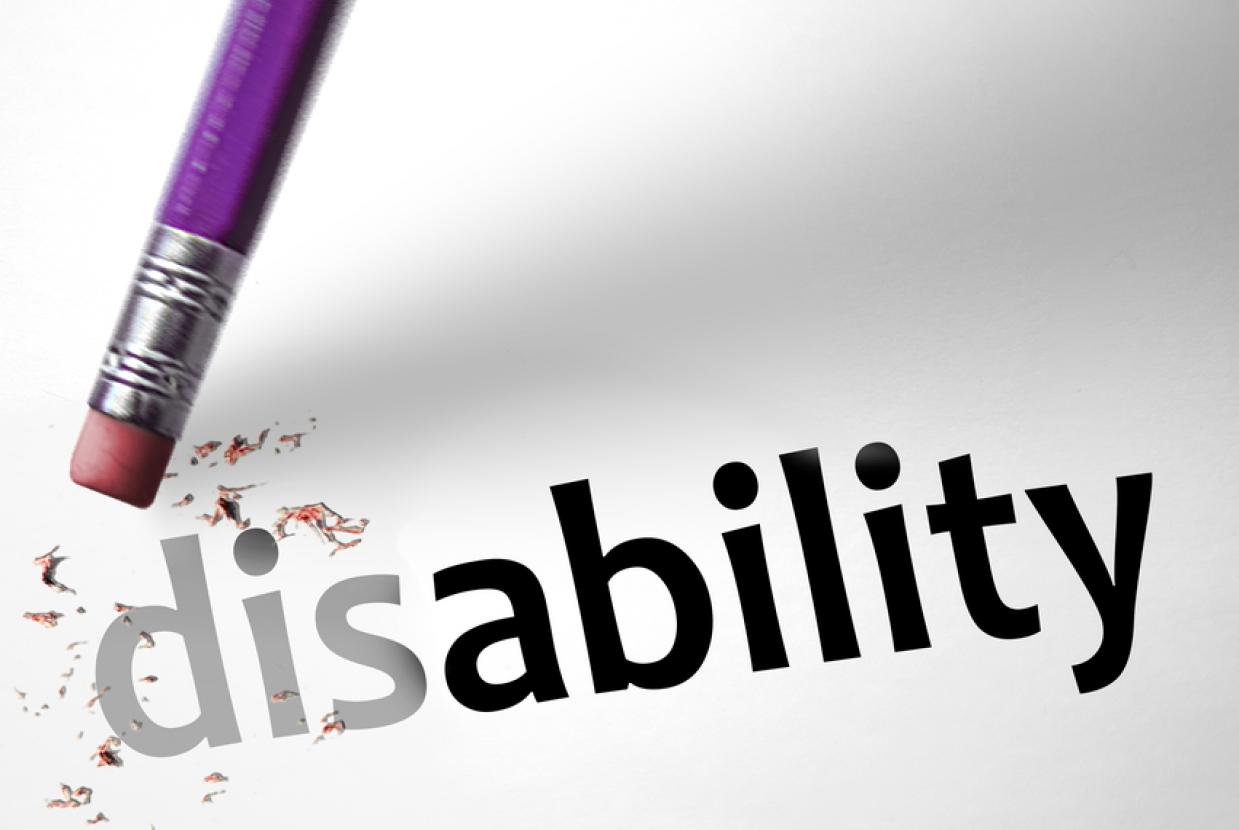Disability & Health
The International Classification of Functioning, Disability and Health (ICF) defines disability as an umbrella term for impairments, activity limitations and participation restrictions. Disability is the interaction between individuals with a health condition (e.g. cerebral palsy, Down syndrome and depression) and personal and environmental factors (e.g. negative attitudes, inaccessible transportation and public buildings, and limited social supports).
Over a billion people are estimated to live with some form of disability. This corresponds to about 15% of the world's population. Between 110 million (2.2%) and 190 million (3.8%) people 15 years and older have significant difficulties in functioning. Furthermore, the rates of disability are increasing in part due to ageing populations and an increase in chronic health conditions.
Disability is extremely diverse. While some health conditions associated with disability result in poor health and extensive health care needs, others do not. However, all people with disability have the same general health care needs as everyone else, and therefore need access to mainstream health care services. Article 25 of the UN Convention on the Rights of Persons with Disabilities (CRPD) reinforces the right of persons with disability to attain the highest standard of health care, without discrimination.
Unmet needs for health care
People with disability report seeking more health care than people without disability and have greater unmet needs. For example, a recent survey of people with serious mental disorders, showed that between 35% and 50% of people in developed countries, and between 76% and 85% in developing countries, received no treatment in the year prior to the study.
Health promotion and prevention activities seldom target people with disability. For example, women with disability receive less screening for breast and cervical cancer than women without disability. People with intellectual impairments and diabetes are less likely to have their weight checked. Adolescents and adults with disability are more likely to be excluded from sex education programmes.
How are the lives of people with disability affected?
People with disability are particularly vulnerable to deficiencies in health care services. Depending on the group and setting, persons with disability may experience greater vulnerability to secondary conditions, co-morbid conditions, age-related conditions, engaging in health risk behaviours and higher rates of premature death.
Secondary conditions
Secondary conditions occur in addition to (and are related to) a primary health condition, and are both predictable and therefore preventable. Examples include pressure ulcers, urinary tract infections, osteoporosis and pain.
Co-morbid conditions
Co-morbid conditions occur in addition to (and are unrelated to) a primary health condition associated with disability. For example the prevalence of diabetes in people with schizophrenia is around 15% compared to a rate of 2-3% for the general population.
Age-related conditions
The ageing process for some groups of people with disability begins earlier than usual. For example some people with developmental disability show signs of premature ageing in their 40s and 50s.
Engaging in health risk behaviours
Some studies have indicated that people with disability have higher rates of risky behaviours such as smoking, poor diet and physical inactivity.
Higher rates of premature death
Mortality rates for people with disability vary depending on the health condition. However an investigation in the United Kingdom found that people with mental health disorders and intellectual impairments had a lower life expectancy.













